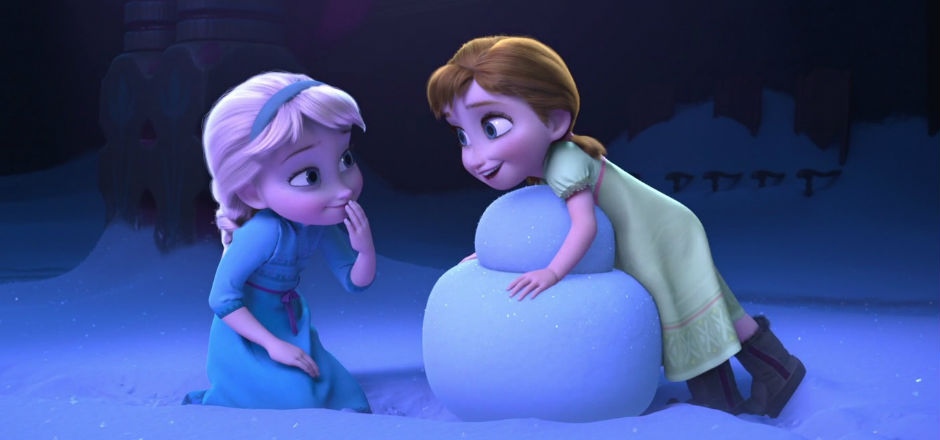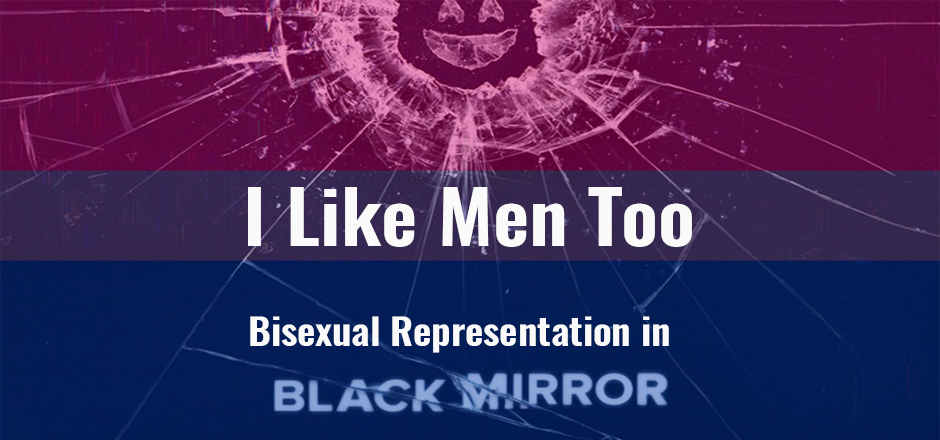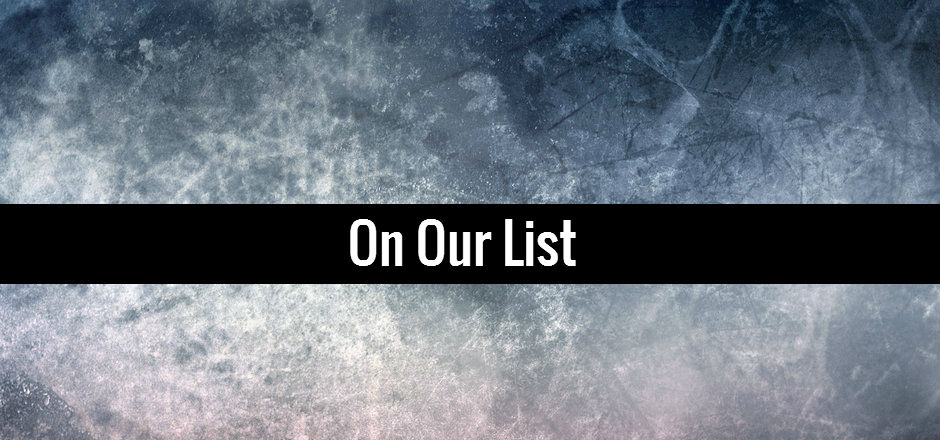One of the stories I heard about myself most often growing up was one that I couldn’t remember actually living through. If my mother is to be believed, and I’d usually say she is, I was around three years old when I wanted to go play outside, but was told I had to wait until after lunch.
Like any reasonable three-year-old, I didn’t want to wait until after lunch, I wanted to play outside now, and when my mother came to get my sister and I out of our room to eat, I’d disappeared, my sister was half-hanging out the window, and there was a little voice coming from outside the window encouraging her to “jump down, sissy.”
I’ve never confirmed this, but I suspect my mom got much better at securing her daughters’ room after that.
I’m the oldest in a family of three, with a younger sister and a younger brother, but there’ve been plenty of times growing up when I never quite felt like the oldest at all. I was fifteen months old when my sister was born, just north of a year, and I can’t remember what it’s like not to have a sister. When we were young, we were often mistaken as twins. And the older we get, the less the difference in our ages seem to matter.
Here’s the thing about growing up as sisters in the 90’s: there weren’t a lot of sisters to play pretend at. Disney? There were Cinderella’s stepsisters, but that’s a big #nope for most little girls. Ariel in The Little Mermaid had sisters. Who appeared on the screen for about ten seconds. So if we were going to play Disney pretend, we played The Lion King — I was Simba, she was Nala — or sometimes Aladdin — I was Aladdin, she was Jasmine.
But since my sister and I grew too big to be playing pretend, there have been other Disney girls and women who make much better playing-pretend roles for a pair of sisters than love interests. The early 2000s had Lilo and her big sister Nani in Lilo & Stitch (2002), who had a silly but beautiful relationship as sisters.
And of course, there’s no way you can ignore Frozen fever.
When the movie first came out, I mentioned to one of the GiC staff writers that I wanted to see it. She already had, and she told me, “You should watch it with your sister.” So when I went home for Christmas, the three of us — me, younger sister, and younger brother — headed out to the theater to see it together.
And I definitely cried. Twice.
Throughout the movie, Anna insists Elsa would never hurt her, despite Elsa having accidentally frozen an entire country, because “she’s my sister — she would never hurt me.” Anna’s earliest actions in the movie, a somewhat childish reaction to Elsa’s insistence that “You can’t marry a man you just met,” give way soon to her devotion to Elsa and her refusal to let her be alone.
I’d gone all my life, almost, without seeing that sort of depiction of sisterhood.
A couple months ago, I read an article by Sharon H. Chang at Multiracial Asian Families about the author’s reactions to watching Big Hero 6 with her husband and son. Both Chang and her husband are of mixed race, and when they went to see the movie, Chang writes that when she wasn’t sad at the sad parts, watching the movie made her angry and irritable.
Her reasoning: “Because it made me realize in a way I never had before what was missing from my own childhood. And I could tell looking over at my partner that he felt the same way.”
Watching Frozen made me feel the same way: realize that there had been something I’d been missing for a long time, that something was missing from my childhood, and that what I had been missing was seeing sisters as I knew them. Not sisters who competed, not sisters who cut each other down, but sisters who cared for one another and supported each other through difficult times. Families who loved one another.
This month, our issue explores sisterhood in entertainment. We’ll talk about sisters in TV and movies, in books, and even more — not only how sisters like Anna and Elsa succeed in showing sister relationships, but also how other depictions of sisterhood could be made better.
—
Feliza Casano was definitely crying while she wrote this article. She is the founder and editor of Girls in Capes, where she writes for all sections of the site, and she’s the one behind GiC’s Facebook and Twitter. Follow her on Twitter @FelizaCasano.





